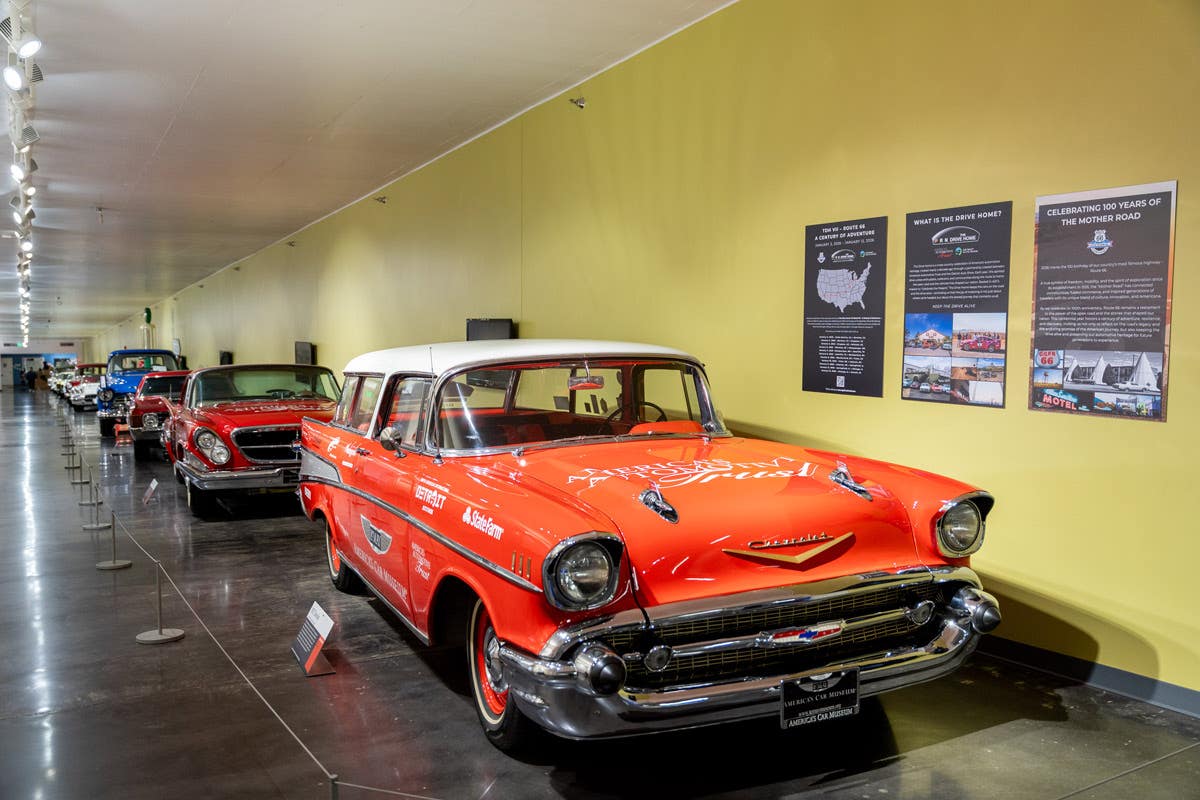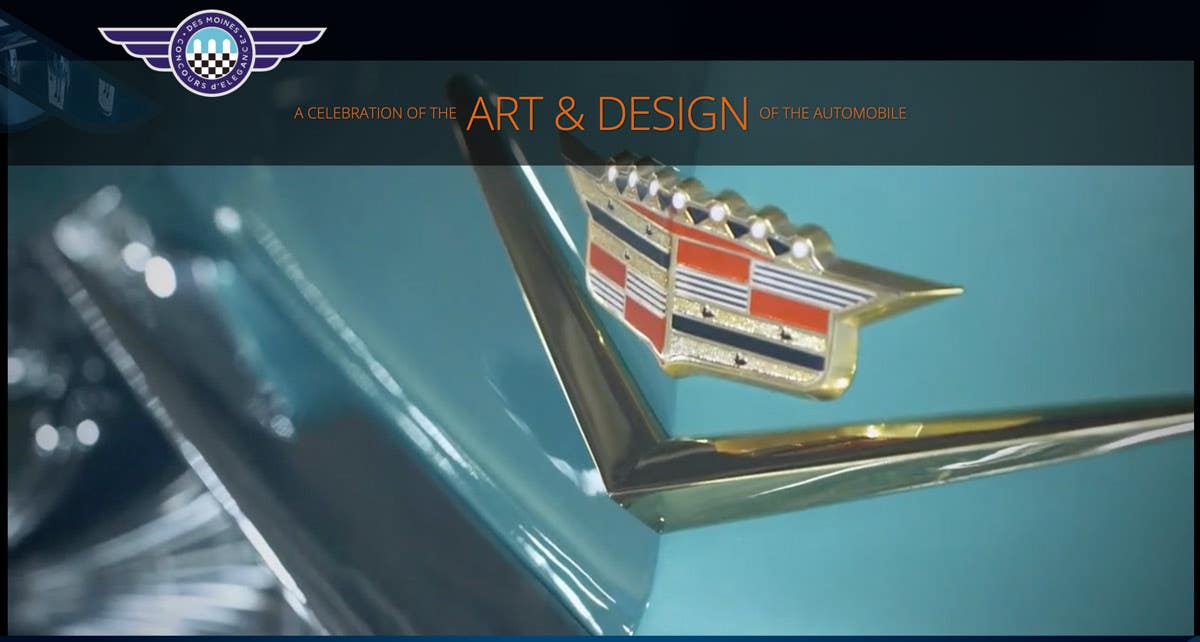Automobile batteries perform best when they are installed in cars that are driven several miles each day to ensure that the battery charge is fully or nearly so restored. I've had several batteries last far longer than expected when installed in the family's daily drivers that are usually driven 35 to 50 miles each day.
However, this is not the life of a collector car battery. A collector car is seldom driven and the battery is not regularly exercised, that is discharged and then recharged. To minimize the cost of replacing batteries prematurely, I've found that bringing the battery up to full charge and then disconnecting the ground wire is most cost-effective. Others use automatic trickle chargers. I have nothing against "battery maintainors," but I'm too cheap to buy one for all my cars and too lazy to do all the hookups required. Plus, I also believe that de-energizing the entire electrical system is a safety benefit.
The automotive battery is a relatively simple black box. Because of this simplicity and its development many years ago, few today understand its construction and operation. And, with modern, maintenance-free batteries, they are seldom given a second thought. Therefore, this column will provide a useful review.
Battery Construction
Automotive batteries are con-structed in cells of two volts each. Therefore, a six-volt battery has three cells and a twelve-volt battery has six. Each cell is constructed in the same way and these cells are then connected together to form the complete battery.
Each cell consists of positive plates, separators made of a porous insulating material, and negative plates. These assemblies are connected together with connectors leading from the positive plates to the positive battery post and the negative plates to the negative post. The complete battery is housed in a case made of hard rubber that also provides room for the electrolyte (sulfuric acid). To provide for the strength necessary to withstand operating conditions, each cell is separated from the others in the battery case by hard rubber partitions. Each cell has a vented cap that enables the addition of water and the release of gases. Newer, sealed-type batteries, do not have these caps. The construction of a typical battery is shown in Figure 1 (below).
Battery Operation
Batteries operate on a principle discovered by Alessandro Volta in 1790. Simply, this principle states that when any two dissimilar metals are placed in an acid or salt solution a chemical action will result more on one than the other. The more active metal will lose electrons and become positively charged, while the other metal accumulates electrons and becomes negatively charged. Application of this principle in the automotive battery is shown in Figure 2 (below).
The battery consists of positive plates composed of lead peroxide, negative plates of sponge lead, and an electrolyte that consists of water and sulfuric acid. Under discharge conditions (see left diagram in Figure 2), the oxygen in the lead peroxide breaks away and seeks other chemicals with which it can combine. At the same time the sulfuric acid breaks into hydrogen and the sulfate ion. Part of the sulfate ions combine with the sponge lead of the negative plates forming lead sulfate and the other sulfate ions combine with the lead of the positive plates, also forming lead sulfate. The freed hydrogen and oxygen combine to form water. When these reactions proceed all the way to completion, the plates that were once positive and negative are the same material (lead sulfate) immersed in water; no further chemical action can take place and no electric current is generated.
Under charging conditions (see above diagram in Figure 2), the chemical reactions described above are reversed resulting in the negative plates being composed of sponge lead, the positive plates being composed of lead peroxide, and a sulfuric acid electrolyte. When the charging occurs some of the hydrogen and oxygen is liberated from the battery and is vented into the atmosphere. This condition reduces the quantity of electrolyte requiring the addition of water to the battery.
Battery Failure
Although batteries can fail mechanically, this seldom happens. The most common cause of failure is sulphation. Sulphation is when the lead sulfate, normally a spongy substance, becomes hard and reversal of the aforementioned chemical action during charging is impeded or prevented. This naturally occurring hardening hap-pens when there is no activity discharging or charging in the battery.
This situation is why I prefer to fully charge my batteries and then disconnect them. In this situation, the battery rests with the negative plates composed mostly of lead and the positive plates mostly of lead peroxide and little lead sulfate to harden.
Potential Restoration
Recently, ProTec International, a sup-plier of automotive and other chemicals, has developed a non-acid chemical that will soften hardened lead sulfate. If this chemical is followed by a full charging, a supposedly useless battery can be restored to function as intended. The com-pany also claims that this chemical will act long term to prevent the lead sulfate from hardening.
The process is available through independent franchisees operating under the trade name Battery Doctor®. The typical cost of the service is $25 to $35 per battery and takes two days to complete. As part of the service, the battery is first tested to determine if the chemical will work on the battery. According to the company, about 25 percent of batteries cannot be restored by its process. If no one is advertising this service in your area, you can contact the company at www.protectusa.com to locate the nearest service provider. The web site also includes additional information about this process.
William C. "Bill" Anderson, P.E., has been involved with the automotive hobby for over 30 years with experience ranging from hot rods, to sports cars, to sports car racing, and to restoration of vehicles from the 1930s through the 1980s. He is an author, magazine editor, car show judge, and professional engineer. A member of several car clubs and leader in some, through Anderson Automotive Enterprises, a part-time business, he restores and appraises cars.








